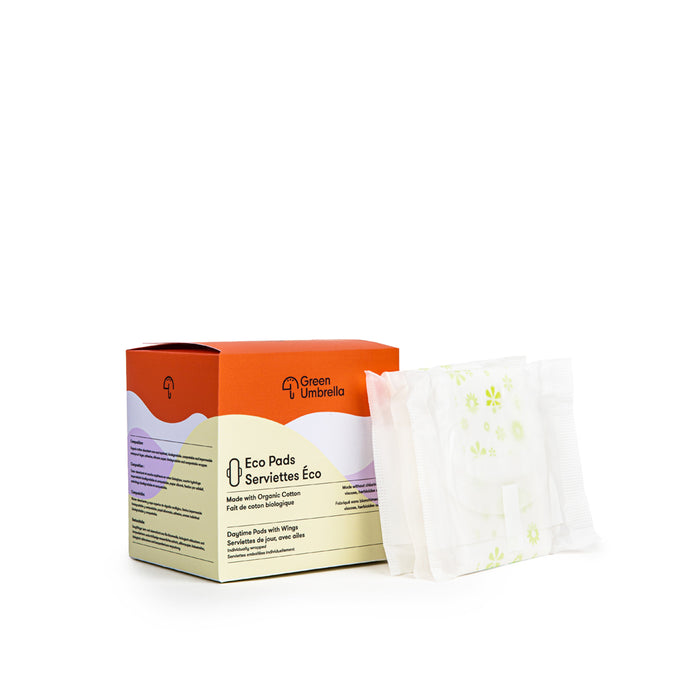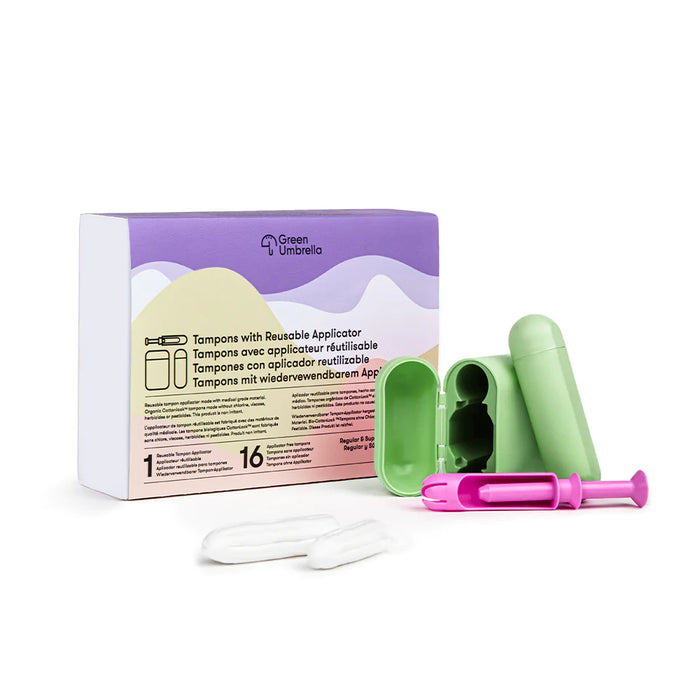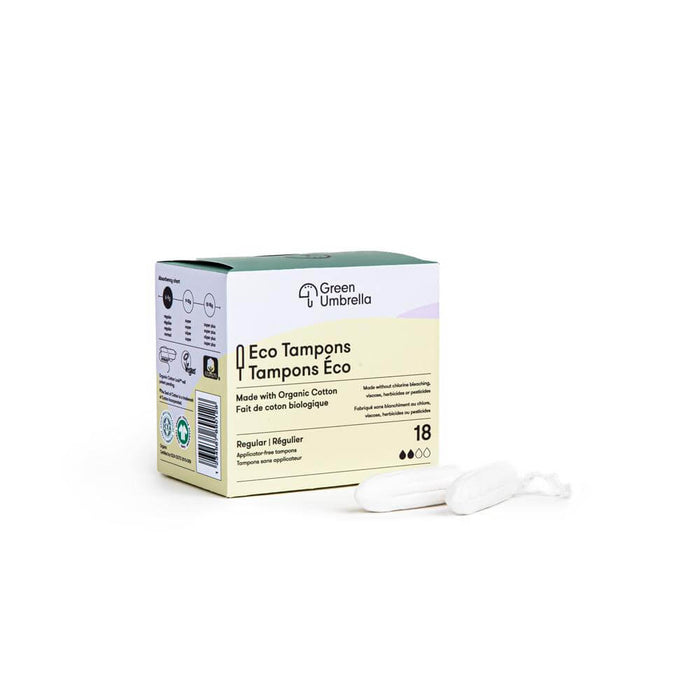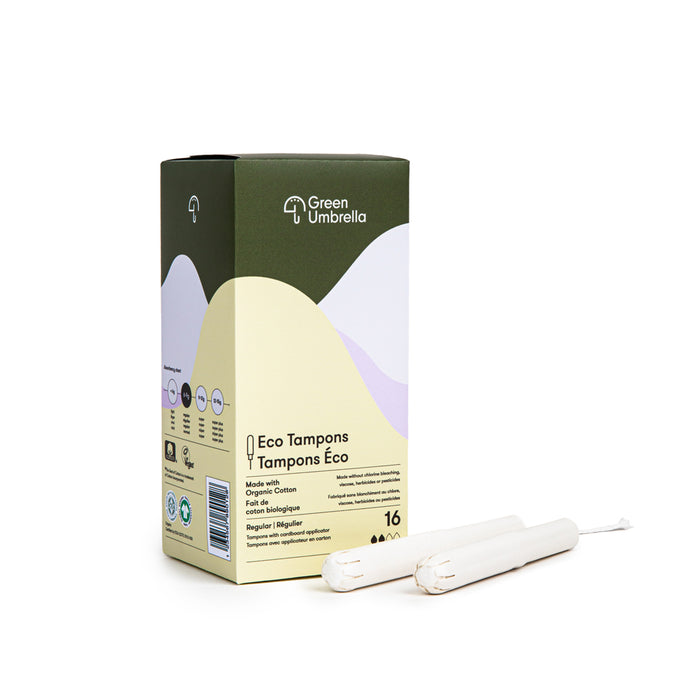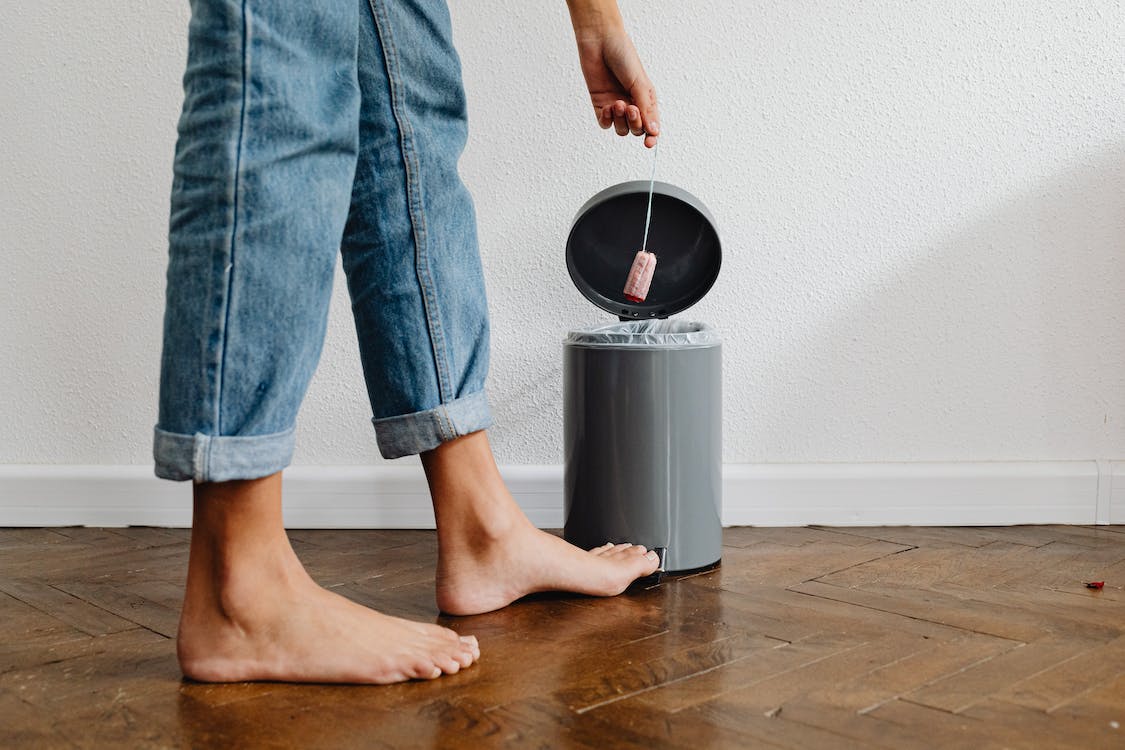As I dug into this topic, I went down a rabbit hole of intersecting analysis in environmental sciences and reproductive health. What I discovered is an interesting (albeit disturbing) link between the environment and infertility within climate change research.
This past year alone, the global climate crisis has had numerous observable effects on our environment, from melting arctic glaciers to record-high levels of CO2 in the atmosphere and extreme heat. Since the industrial revolution, human activity has been emitting greenhouse gasses like methane, carbon dioxide, and water vapour that trap heat on our planet. This is expected to trigger extreme weather conditions like hurricanes, blizzards and droughts; and initiate resource scarcity as it becomes harder to produce food and maintain commercial supply chains. According to Dr. Thomas Price, a professor of evolution, ecology, and behaviour at the University of Liverpool, temperature impacts on fertility can now be added to the list of anticipated consequences of climate change. While some animals have testicles inside their bodies, others, like humans, need testicles outside of their bodies so that they will be at the optimal temperature to produce sperm in a process called spermatogenesis. According to Dr. Price’s research, if species need their testicles to be kept at a cooler temperature to generate sperm, the effect of the planet’s increasing climate could be devastating for reproductive success. 
As temperatures rise across the globe, research has begun to show that many species will increasingly face environmental conditions beyond their tolerance limits, which poses a major risk to the perseverance and biodiversity of living organisms. The bulk of this research has been examined in non-human species, but in many cases, other species can be used as a proxy for people. For instance, research has shown that high temperatures affect reproduction in cows, pigs, fish and birds. In insects, like certain types of beetles, reproductive success declines rapidly as hotter conditions soar. In fact, research has shown that a 2℃ temperature rise can dramatically reduce the production of sperm bundles and egg size in corals. While this link is no doubt fascinating, it brings us to a sad reality: global heating might be a threat to human reproduction. Moreover, it suggests that the way science is currently estimating climate change vulnerability could be underestimating extinction vulnerability. 
While the research on humans is still growing, it has already shown similar effects. A recent study by the UCLA Institute of Environment and Sustainability found that high temperatures have a significant negative effect on fertility and birth rates. Another study published in the scientific journal of Environmental Research suggests that there is a connection between the Earth’s rising temperature and more stillbirths. The researchers in this study found that pregnant women who were exposed to extreme heat during pregnancy appeared to be at an increased risk.
A key feature of climate change is that it does not pose one single risk. Rather, it poses many interacting dangers that can compound and cascade. The impact of environmental factors on fertility is a unique example of this, as the effects of chemicals in plastics combined with the effect of global heating may pose an especially large risk to species reproduction.
In addition, a more direct pathway linking climate change to fertility is through intentional decision-making. In other words, many people may decide to decrease their ideal family size or choose to not to have kids at all because of climate crisis risks and consequences. While more research in this area is needed, there is evidence that the desire for additional children may decline in response to adverse environmental conditions, such as rising temperatures and increased devastation caused by natural disasters. 
What can we do?
While some of these impacts can feel out of our control, there are small steps every person can take to minimize the negative effect that these factors within the environment can have on our health:
- As discussed last week, review your products for harmful toxins like phthalates and BPA. A good rule of thumb is to try and only buy products with ingredients you can pronounce.
- Become an advocate for action by getting involved in climate change strikes and urging the government to make bold climate decisions.
- Use energy wisely. For instance, try installing a programmable thermostat or unplugging your electronics when they are not being used.
- Eat for a climate-stable planet. Incorporate more plant-based meals into your diet and consider growing your own produce.
-
Green your commute. Try to walk, ride a bike or take public transit when possible.

At Only, we believe that tackling climate change is everyone’s responsibility. We are very aware that many producers and distributors of basic necessities are not as environmentally conscious as they should be, which is one of the reasons we felt a need to become a player in this space. Our mission is to empower people to shop in a way that is sustainable for our planet. That is why we source products that use ingredients we are proud of, like organic cotton, as well as use recyclable packaging and shipping boxes, and work to offset all our carbon emissions. To learn more about the ingredients in our products and our 1% For the Planet pledge, check out our FAQs.


